Visiting the Victoria Falls in South Africa
You’ll hear the thundering of water long before you can even see it.
Turn a corner and the show-stopping Victoria Falls – or the ‘the smoke that thunders’ (“Mosi-oa-Tunya) as the Kololo tribe from the 1800s used to call it – comes into view. Indeed, the sound of the Victoria Falls can be heard from a staggering 40 kilometres away, with its spray rising to a height of over 400 metres!
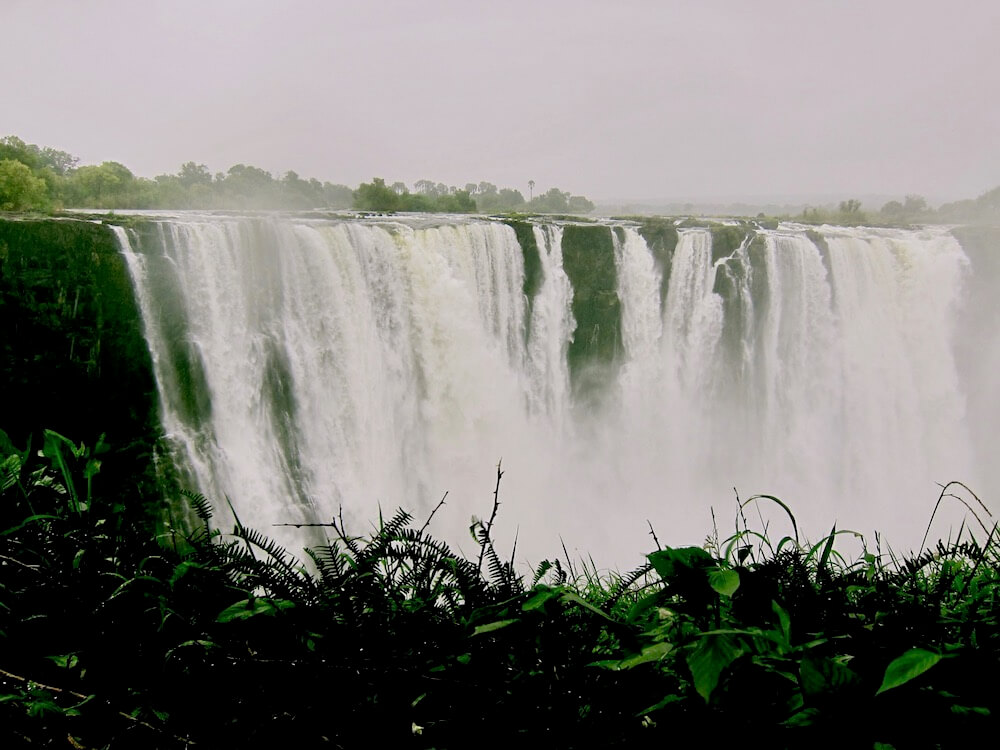
The mere sight of the Victoria Falls is a sensory overload; measuring 1.7 kilometres in width and 108 metres in height, the falls drop an average of 1.5 million litres of water into the gorge below every second. Declared a UNESCO World Heritage Site in 1989, the ferociously tumbling waters of the Victoria Falls is truly a sight to behold.
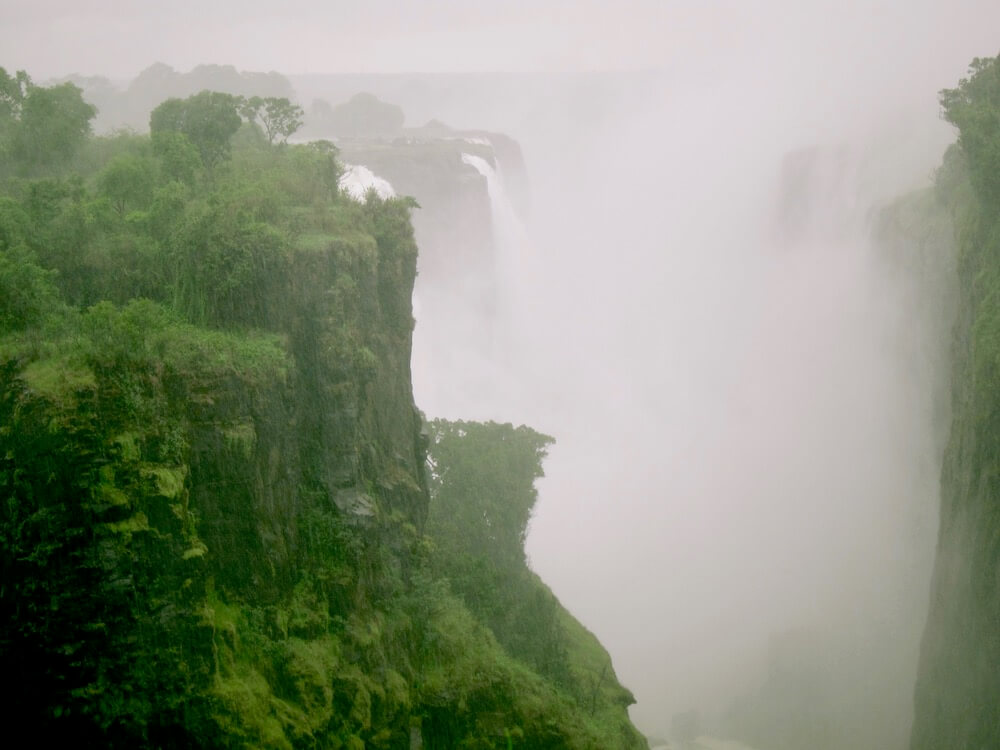
However, timing is of the essence – visit during the rainy season like I did and be shrouded in mist. Visiting between the months of February to May will allow you to see the greatest volume of water falling over the falls – however, the resultant spray might obscure part of the falls and will also make photo-taking rather tricky. Water activities such as white-water rafting will also be cancelled due to the force of the water.
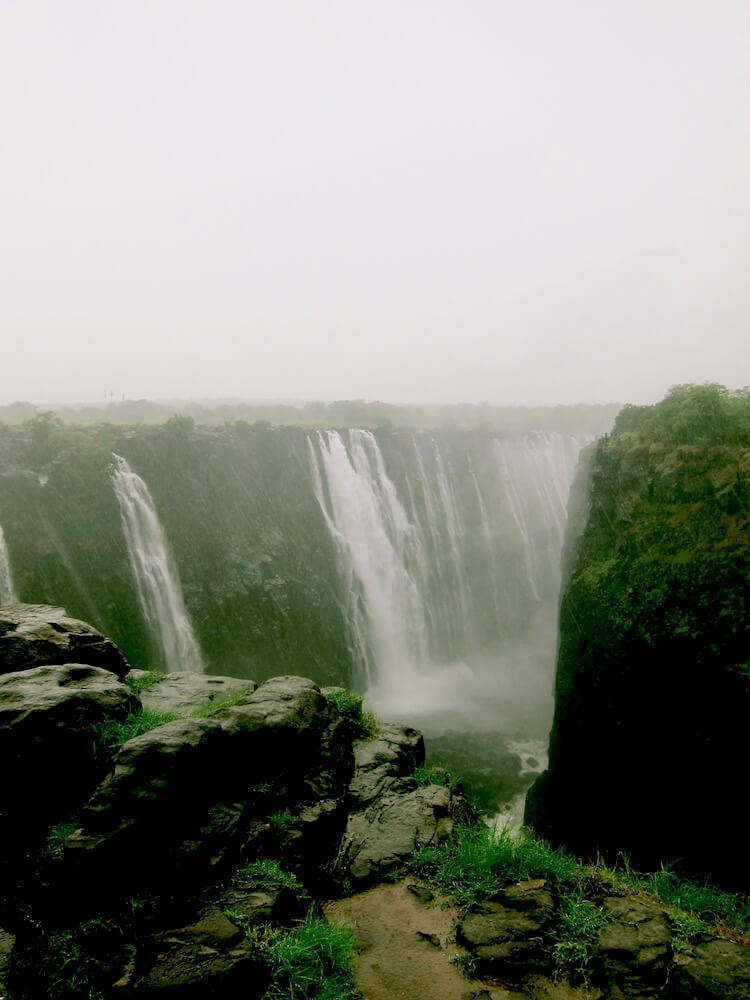
During the peak of the dry season (around October to November), part of the Falls might even dry up. However, this will allow you to see more game (wild animals) on a safari, as animals seek out waterholes in search of water. The falls are lovely during the months of August of September, where there’s a full flow of water but not too much spray. However, abundant foliage might make game-spotting difficult.
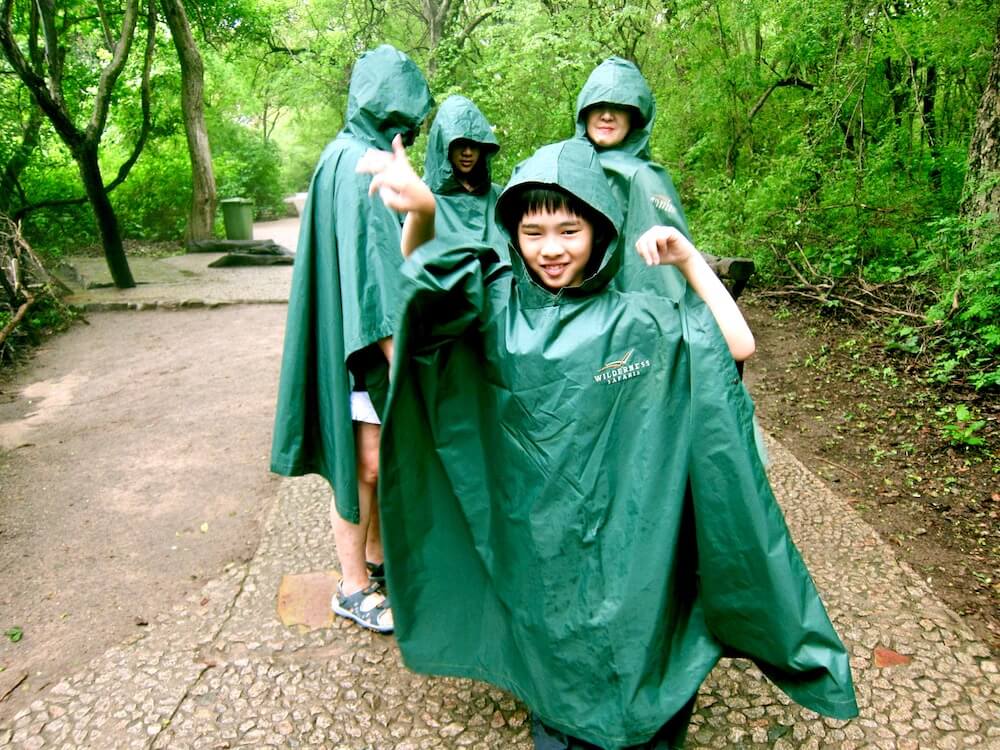
However, no matter the time of your visit, it’s best to arm yourself with a poncho as well as waterproof bags for your valuables and electronic appliances. One thing’s for sure – you’re definitely going to get wet at some point or the other!
As you can tell, it’s hard to find a sweet spot between viewing the falls in all its splendour and coinciding your trip with peak-game viewing. If I had to pick, the dry winter season from June to August might be your best bet, where you’ll be able to spot plenty of game on top of a (relatively) full flow of water at the falls.
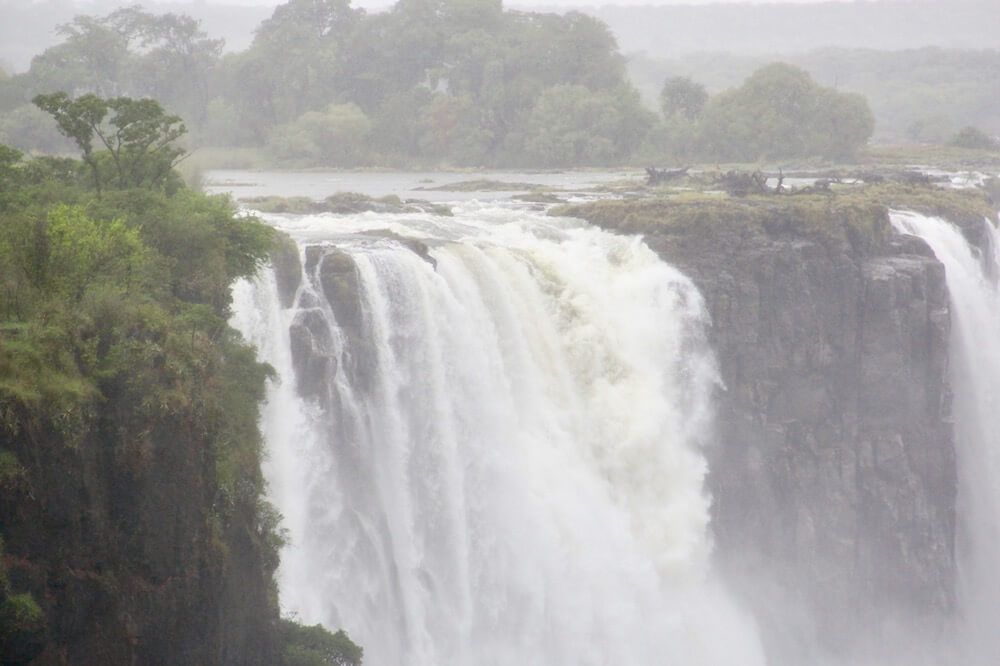
Victoria Falls is located on the Zambezi River, sitting on the border between Zambia and Zimbabwe. The falls can thus be seen from either side; the Zimbabwe side seems to be more popular, where a walking trail brings you opposite 80% of the falls. The Zambia side, however, is a little more unique, where you can visit both the ‘Boiling Pot’ and ‘Devil’s Pool’.
The Boiling Pot is a natural pool at the bottom of the falls. To reach the Boiling Pot, you’ll have to descend a series of metal ladders and staircases down the side of a cliff and paddle up the Zambezi for a bit. Being in the Boiling Pot will feel like being in a world that belongs to you and you alone – the pool is surrounded by large boulders, which shields it from the main Zambezi River. Do note that the Boiling Pot is only accessible in the dry season, as the force of water is too dangerous in the rainy season.
The Devil’s Pool, on the other hand, is a death-defying attraction that allows swimmers to swim right up to the edge of the falls! To get to the Devil’s Pool, you have to take a short swim from Livingston Island in the Zambezi River. This is best done when accompanied by a guide, who will be able to guide you along the way. There’s also the possibility of hippopotamuses and crocodiles in the waters above the Victoria Falls – although none have been spotted in the Devil’s Pool so far.
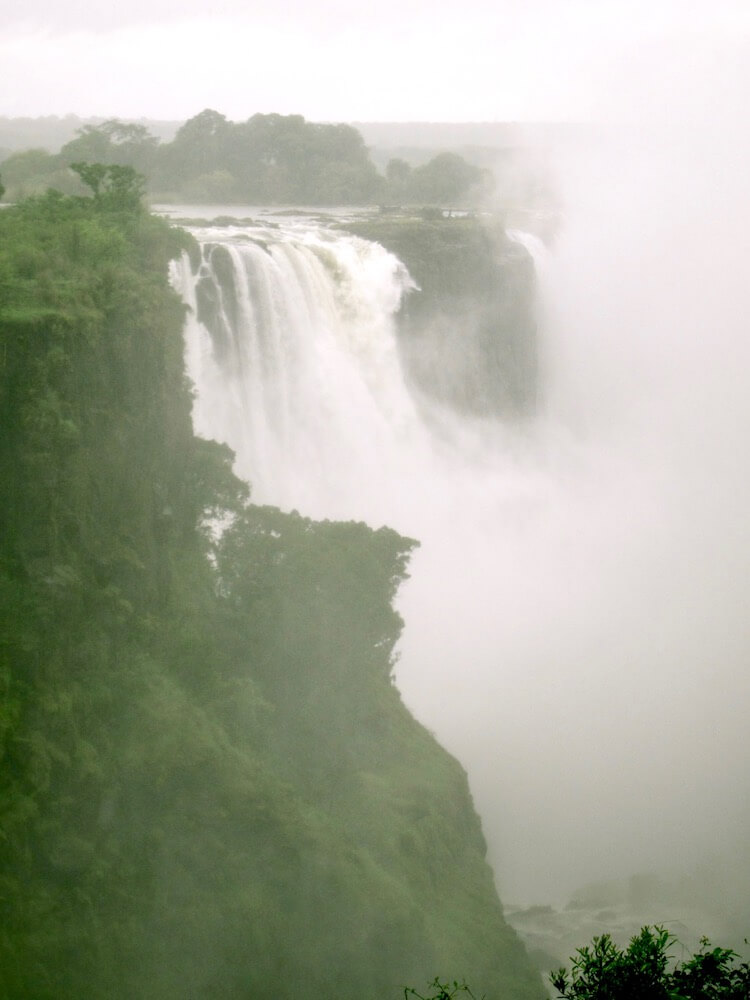
If you’d like, you can easily visit both the Zimbabwe and Zambia side of the falls with a multiple-entry visa that you can purchase at the airport. The border can be crossed on foot via the Victoria Falls Bridge.
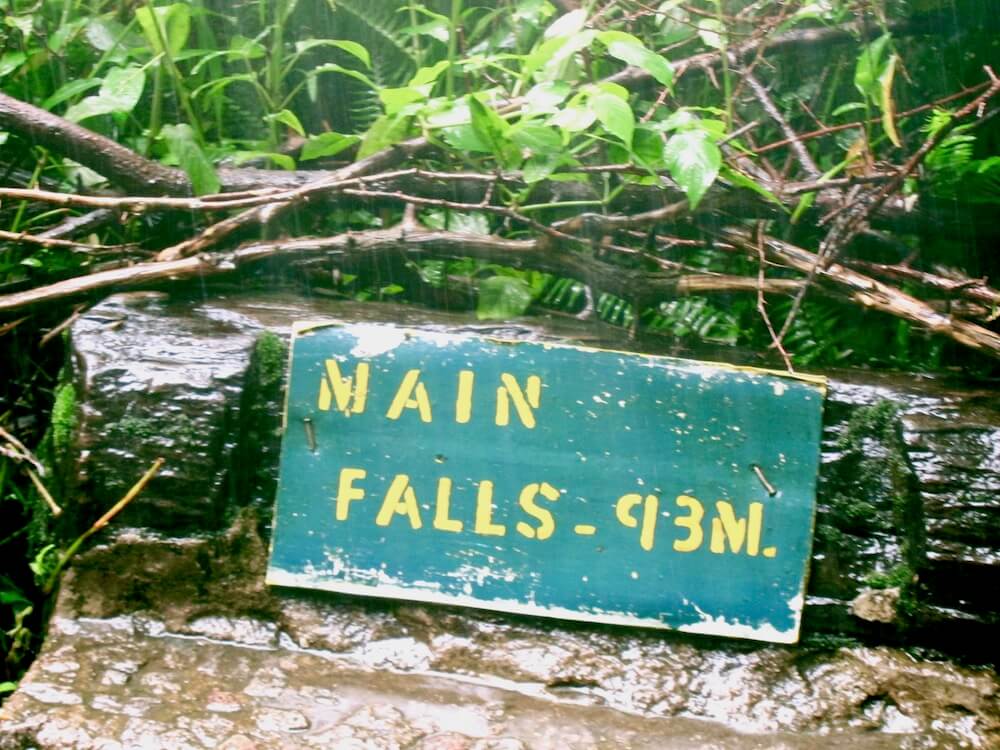
There are various parts of the Victoria Falls to look out for, such as the Devil’s Cataract, Horseshoe Falls and the Main Falls. Good vantage points include the Knife-edge Bridge, Falls Bridge, Lookout Tree and Livingstone Island.
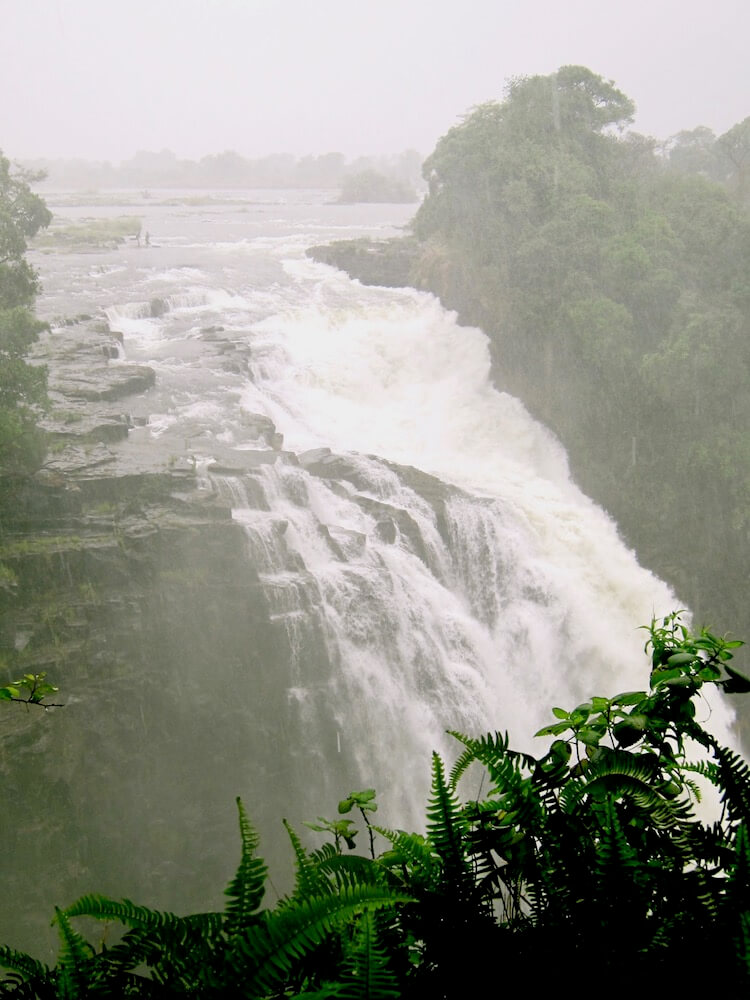
Adrenaline junkies will be spoilt for choice at the Falls, which offers activities such as whitewater rafting, bungee jumping and ziplining. One popular activity would be to see the falls from above on an exciting helicopter ride.
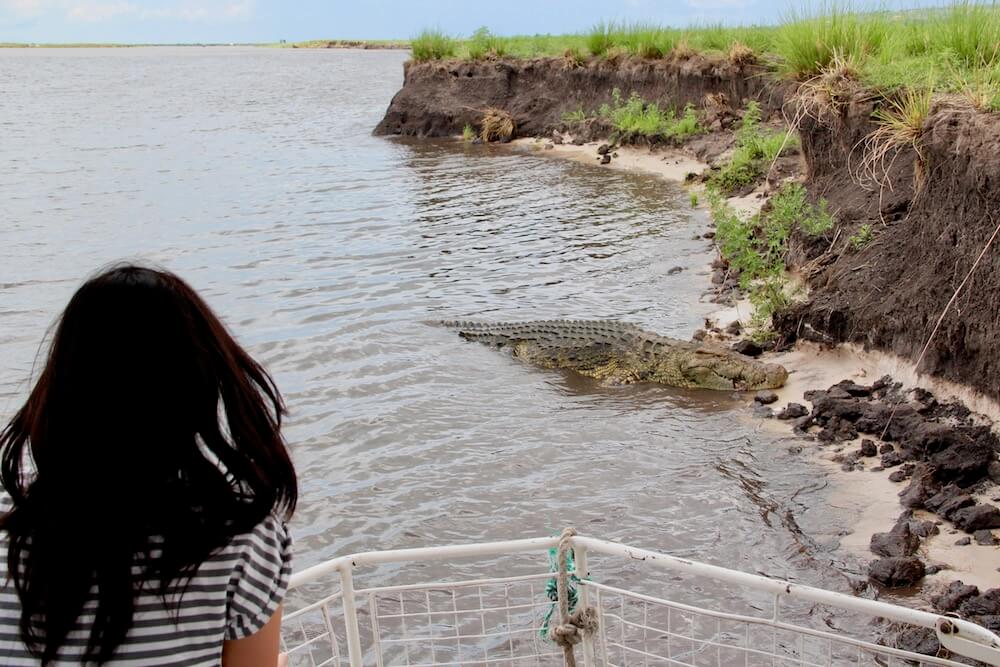

The Chobe National Park in Botswana lies about an hour away from the falls, offering scintillating game drives as well as a relaxing river cruise safari down the Chobe River.
Read: Going On a River Cruise Safari Along the Chobe River, South Africa
If you’d like to stay around the falls, the Victoria Falls Safari Lodge overlooks a waterhole that attracts plenty of game. However, for the experience it offers, this luxury lodge is naturally rather pricey. Alternatively, the Zambezi river cruises offer a great way to experience the twilight hour.
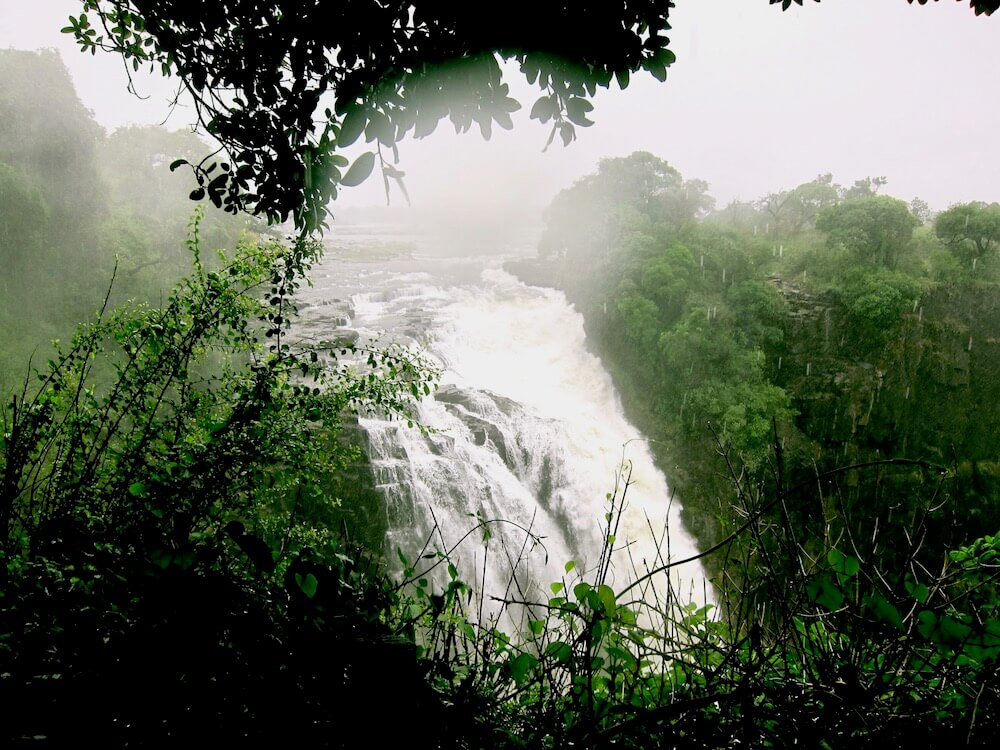
If you need further reason to visit, there are only 3 such waterfalls left in the world – Niagara Falls in North America, Iguazu Falls in South America and Victoria Falls in South Africa. Start planning a trip to see this spectacular natural phenomenon for yourself!

0 Comments Add a Comment?